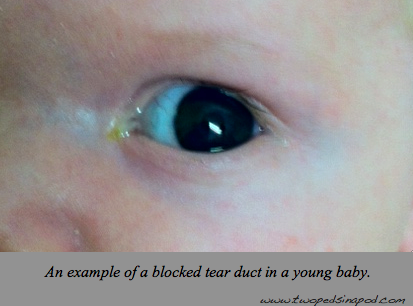 There is a saying we heard in medical school, “Half of what you learn now will change in ten years… you just don’t know which half.” In pediatrics, where we specialize in change, the saying certainly holds true. We ring in the New Year by picking the top 2011 changes in pediatrics all parents should be aware of:
There is a saying we heard in medical school, “Half of what you learn now will change in ten years… you just don’t know which half.” In pediatrics, where we specialize in change, the saying certainly holds true. We ring in the New Year by picking the top 2011 changes in pediatrics all parents should be aware of:
Car seats– keep children rear facing in car seats until two years old (or until they physically cannot fit rear-facing any more) and keep your child in a booster seat until a seat belt fits properly– across his chest and not his neck, and low on the waist across the hip bones, not across his belly. Sitting in the back seat is the safest spot for those 12 years and under. For more information check out our post Buckle up: the latest in car seat safety.
Meningitis Vaccine– A booster dose for older teens is now recommended for the vaccine against the germ Neisserria meningitidis in addition to the dose routinely given to tweens.
Flu vaccine– Having an egg allergy is no longer an absolute contraindication to getting the flu vaccine. Turns out there is so little egg in the vaccine, most kids with egg allergies can safely receive the injectable form, though they still should not receive the spray-up-the-nose form. Ask your child’s pediatrician or allergist if your egg-allergic child is a candidate.
Bye-bye food pyramid– The difficult to understand food pyramid finally bit the dust and is replaced by My Plate .
SIDS prevention and safe sleep– keep soft bedding away from baby’s face- no crib bumpers! And continue to place your baby on his back to sleep. AAP Expands Guidelines for Infant Sleep Safety and SIDS Risk Reduction and Sleep Safety: How to decrease your baby’s risk of Sudden Infant Death Syndrome (SIDS)
An old recommendation gets reinforced: in 2011, Dr Wakefield’s paper suggesting a link between the Measles, Mumps and Rubella (MMR) vaccine and autism is reaffirmed as fraudulent. MMR vaccine schedule does not change.
Genital Wart and cancer from HPV prevention in males– HPV vaccine is now not only approved for boys, but recommended for boys, as well as girls, by the ACIP (vaccine branch of the CDC). With over 35 million people having received this vaccine, evidence supporting its safety has become well established.
All liquid acetaminophen products (Tylenol) are now the same strength. Watch out if you have the old formulation in your medicine cabinet, double check the dosing.
Changes in when and how to start solids foods: For about the last fifteen years, pediatricians advised delaying the start of solid foods and the start of commonly allergenic foods such as eggs or wheat to prevent food allergies. Unfortunately, food allergies have risen during this time. Current advice is back to the old advice. According to the National Institute of Allergy and Infectious Diseases sponsored guidelines (November 2011 Pediatrics), solid foods should be introduced by 4-6 months of age and any potentially allergenic foods may be introduced at this time as well.
We look forward to more advances in pediatrics for 2012. Please keep reading and tell parents about us.
Best wishes for a healthy New Year.
Your Two Peds,
Naline Lai, MD and Julie Kardos, MD
©2011 Two Peds in a Pod®




 As a new year rolls around and our pockets start to feel empty after the holidays, we look back at an older post for ways to penny-pinch without short-changing your kids:
As a new year rolls around and our pockets start to feel empty after the holidays, we look back at an older post for ways to penny-pinch without short-changing your kids:  Your toddler wakes from his afternoon nap a tad grumpy and with flushed cheeks. You grab your thermometer and see that his temperature is… 104F! But, because you have read our prior posts about fever
Your toddler wakes from his afternoon nap a tad grumpy and with flushed cheeks. You grab your thermometer and see that his temperature is… 104F! But, because you have read our prior posts about fever 



 Pertussis is “whooping cough,” also known as the “100 day cough.” In children and adults, the disease starts out looking like a garden-variety cold, complete with runny nose, runny eyes, and mild cough. Sometimes fever is present, sometimes not. However, after a few days, coughing spasms emerge – severe, persistent coughing spasms that go on and on and on. In between coughing fits, children may appear okay.
Pertussis is “whooping cough,” also known as the “100 day cough.” In children and adults, the disease starts out looking like a garden-variety cold, complete with runny nose, runny eyes, and mild cough. Sometimes fever is present, sometimes not. However, after a few days, coughing spasms emerge – severe, persistent coughing spasms that go on and on and on. In between coughing fits, children may appear okay. 